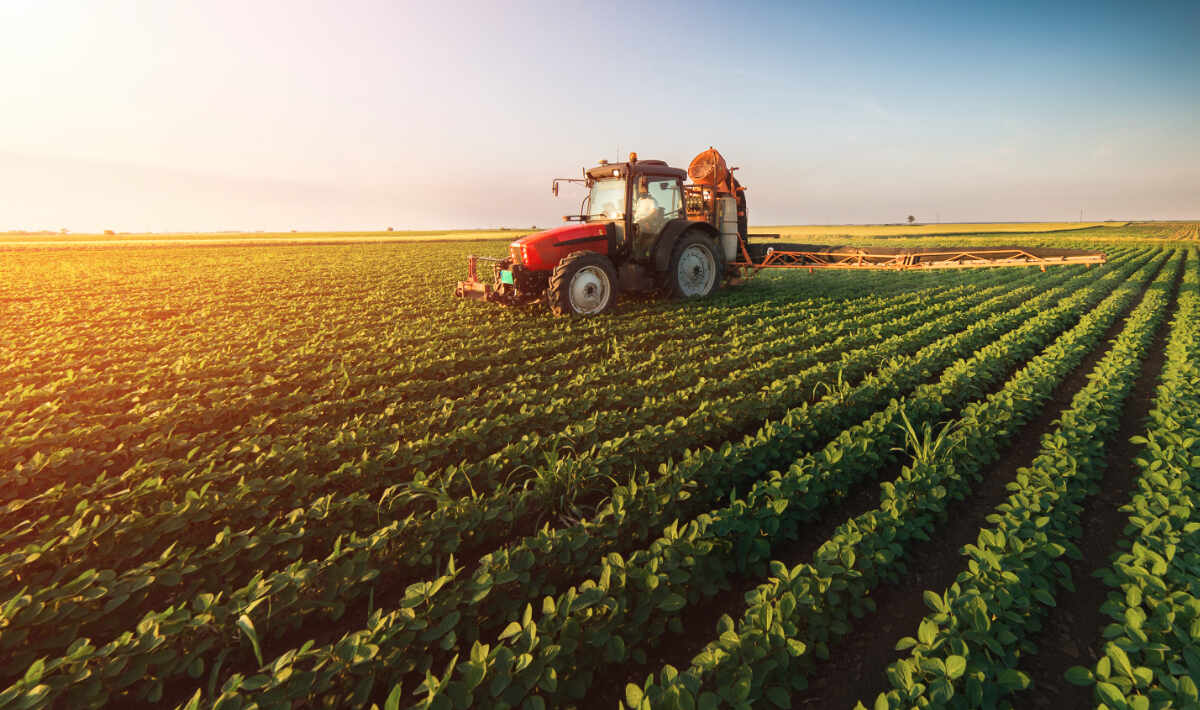Table of Contents
Introduction
Agriculture has seen numerous insurgencies; it includes the training of animals and cultivating plants a couple of thousand years prior. Also, the precise utilization of yield pivots and different upgrades in cultivating practice two or three hundred years prior. Including the deliberate reproduction and the broad utilization of man-made composts and pesticides decades ago. Mechanically progressed doesn’t imply that it is an intelligent framework. Smarter agriculture is a new practice, and most ranchers are curious about what precisely remains behind it. More innovative agriculture needs technology. It is focused on utilizing information obtained through different sources. This is instrumental in the administration of ranch exercises.
Smart cultivating utilizes equipment and programming to catch the information and give significant bits of knowledge to deal with every one of the procedures on the homestead. Because the information is coordinated, open constantly, and loaded with information on each part. Hence, field activities can be checked from any place on the planet. Therefore, in this post, we will reveal insight into the idea of smart agriculture and why it is the fate of cultivating.
The innovation involved in smarter agriculture techniques:

Smarter agriculture is an upgraded degree in machinery and hardware cultivation. Organizations deal with this to achieve this. They deal with self-regulating agricultural carriers, programmed watering, fostering robots, improved mechanics, and growing robots. The businesses provide creative-grade hardware and make this equipment reasonable for the farmers.
Farming groups are introducing developments to aid farmers’ build-up. Stress, environment, soil conditions, and moisture levels have all been managed. Ranchers have enough techniques to improve their farming skills and pay to achieve precision agriculture.
Also:
Self-loading robots can identify weeds and spray pesticides in plants that have been damaged. They can put plants away as well as any additional insecticide expenditure. In addition, these robots can also collect and lift items.
That too from the comfort of homes to execute orders, and GPS can monitor their circumstances without issues.
Ranchers may monitor the status of farmed animals and obtain all information via sensors and wearables. Ranchers may observe their quality of life in the region of cows, poultry, lambs, etc. It helps ranchers to predict infections and keep an animal away from other brothers. Similarly, ranchers may reduce human labor expenses because they usually understand their animals profoundly and do not have to send representatives to monitor them.
Considerations:
Similarly, farmers may monitor the status of crop animals and obtain all information utilizing sensors and wearables. In locals of cows, poultry, sheep, etc., farmers may notice their satisfaction. It helps farmers prevent contamination and keeps an animal apart from various siblings. Therefore, farmers may reduce human labor expenses since they mostly understand the animals in-depth and do not send delegates to screen them.
Remember that you can find smart agriculture hardware a little distance away and need a source of force. Hence, you need to consider how this gear can be able to handle everything. As a result, solar panels or high-capacity batteries are introduced, all depending on the requirements.
Benefits:

Smarter agriculture may benefit the rancher more from agriculture. The decline in information assets will set aside cash and effort from the rancher, lowering the chances of expanding the unwieldy quality of spatially explicit information. Optimum, site-specific climate gauges, output estimates, and probability maps for diseases and fiascos depending on a thick climate and environmental information organization will enable the ideal harvest growth.
These include composts and pesticides that can alleviate drainage difficulties and ozone-destroying chemical emissions.
Smarter agriculture enables farmers to provide trade information, establish collaboratives and audits. Above all, it perhaps promotes casual data frameworks, complementing conventional control; also experts’ data arrangements. Such an advance of data between farmers, ranchers, and buyers is scale-self-sufficient and does not restrict itself to state boundaries. The visible traces of such frameworks may be efficiently observed via online media and pushed in developed and agrarian countries.
Conclusion:
Smarter agriculture and its methods do have their benefits. In conclusion, a lot of this comes at a cost; people must be taught to make the most of modern technology.





